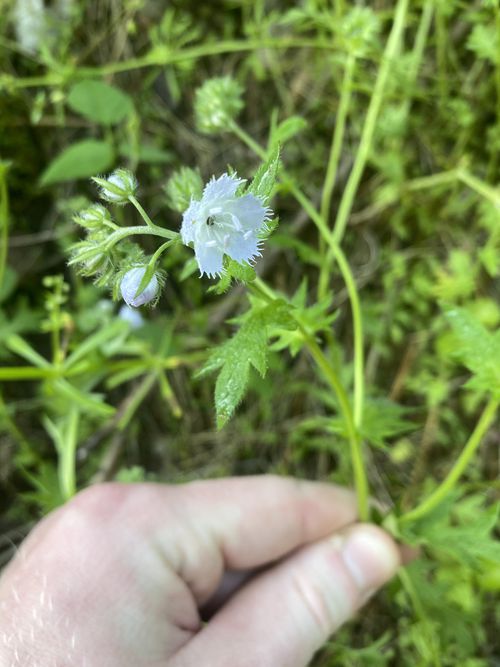Analysis of more than 4,000 studies published over the past 15 years makes case for ongoing development of the next generation of research
Contributions of amateur citizen scientists and natural history museums emphasized


Carnegie Museum of Natural History (CMNH) announces a study published in Proceedings of the National Academy of Sciences (PNAS) providing comprehensive analysis and review of more than 4,000 peer-reviewed studies published between 2003 and 2019 that make use of data mediated by the Global Biodiversity Information Facility (GBIF), the world’s largest biodiversity data network. The study, written in coordination with GBIF by Mason Heberling, CMNH Curator of Botany, and Scott Weingart, Program Director of Digital Humanities at Carnegie Mellon University, provides an evidence base for the ongoing development of the next generation of biodiversity-related research.
While the accessibility of global biodiversity information has surged in the past 20 years—thanks to widespread funding initiatives for museum specimen digitization and the emergence of large-scale public participation in community science with applications like iNaturalist and programs like the City Nature Challenge—scientific impacts of consolidated biodiversity data networks had not yet been quantified. The authors conclude the global aggregation of these diverse data sources empowers research at scales otherwise not possible, “launching biodiversity sciences into a new era.”
“The possibilities of a sustainable future urgently depend on this integration of biodiversity data,” says Heberling. “The good news is biodiversity science has made great strides towards data access, thanks to a community ranging from research universities, to natural history museum collections, to amateur citizen scientists making observations on day hikes. Though far from over, the impact to date has been profound, resulting in more than two peer-reviewed studies published per day, cutting across taxonomic, disciplinary, geographical, and socio-economic boundaries.”
By analyzing the research uses of the GBIF’s biodiversity data network, the authors report on the emerging roles of open-access data aggregation in the development of increasingly diverse, global research. These results indicate a new biodiversity science landscape centered on big data integration, informing ongoing strategic initiatives of biodiversity data aggregation across diverse fields, including environmental sciences and policy, evolutionary biology, conservation, and human health.
Coordinated through its Secretariat in Copenhagen, the GBIF network of participating countries and organizations provides data-holding institutions around the world with common standards and open-source tools that enable them to share information about where and when species have been recorded.
Cited by more than 200 studies, Carnegie Museum of Natural History has made nearly a million specimen records publicly available through GBIF to date. This number is actively growing, as the digitization of more than 20 million museum objects continues.
